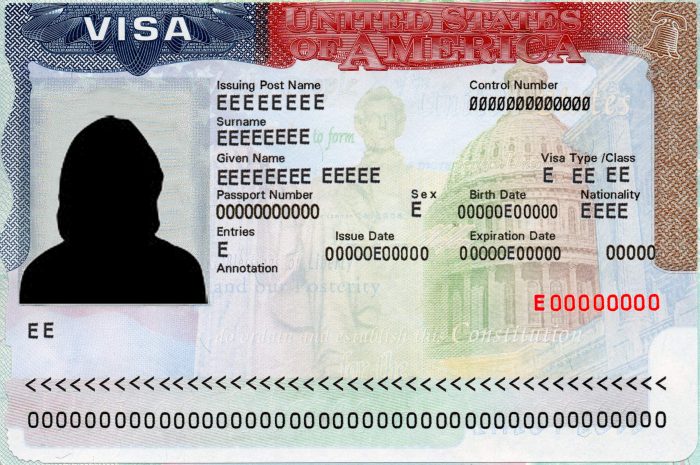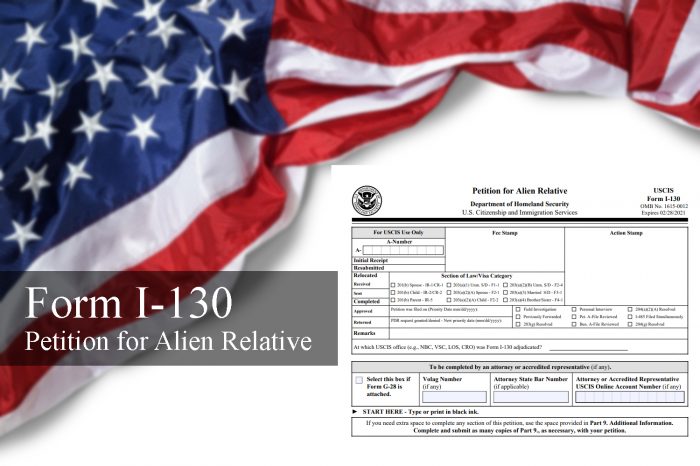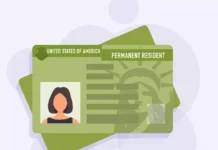
The F4 visa can be difficult to attain, and it is advised that anyone seeking to be issued the services of an attorney with experience in this area of the law. Below, we will first explain what an F4 visa is and who would need one, and then briefly outline the procedure that needs to be followed to apply for and be issued an F4 visa.

What is F4 Visa?
There are several different classes of visas that can be applied in the USA. One of these is the Family Preference Visas, and it is among this class that the F4 visa belongs. The F4 is applied for in order that a US Lawful Permanent Resident may reunite with his or her family members who are not US residents. This may include their brothers and sisters, their spouses, and any children from the family who remain unmarried.
As with all visas, there are several qualifying conditions. To qualify for an F4, the US resident must be of 21 years or over and must qualify with further conditions regarding eligibility to bring their family members to the USA. Put simply, anyone living overseas who wants to apply for an F4 visa and come to the USA must have a sibling who is a US citizen. The US citizen concerned must meet the following requirements:
- Be a legal resident of the USA
- 21 years old or more
- Proof via birth certificates or adoption documentation of siblings in a foreign country
- Living in the US with a valid US address
An F4 visa gives the applicant the right to live and work in the USA, as well as enroll in studies, hence it is an attractive document to obtain. This also makes it one that is often fraudulently applied for; hence the procedure – which we will come to in a moment – is quite arduous. Be aware that the US Government caps the number of F4 visas per year at 65,000, so it is certainly worth engaging lawyers with expertise in this area of the law, such as aglawnj.com, to help process the application. Now let’s move on to the process for application.
Petitioning and Applying
The process for obtaining an F4 visa is split into two separate parts. First, the US Resident involved must petition the US Citizenship and Immigration Services (USCIS) – which is a part of the Department of Homeland Security – for the visa to be granted. Once this has been processed, the individual or family involved must apply to the US Embassy or Consulate in their home country. We’ll deal with each process separately, starting with petitioning.

Petitioning
The petition is applied for by the US citizen who wishes to bring the family to the US, and involves the following steps:
- Fill in the Form I-130, Petition for Alien Relative, including all details of persons involved, as described in the instructions that will be included.
- Send the form to the Department of Homeland Security, who will process the petition (be aware this can take a few months).
- Wait for approval or denial; if the petition is denied, the reasons will be described to the applicant, and these can often be mistakes that may be rectified and a second application made.
- Once successful, the relevant documents are sent to the National Visa Centre (NVC), who will then dispatch a set of further documents to the applicants in the foreign country.
It is essential that legal help is sought for the correct completion of the forms, as this will make things much more likely to progress. Also, be aware that the applicants can only begin their part of the application when their documents are ‘in date’; this refers to the fact that F4 is limited to 65,000 per year. If more have been applied for, the applicants will have to wait until the next calendar year to make an application. This will be detailed to them in the package that is sent, which will also include the invoice.
Application
Once the date is valid, the applicants must fill in form DS-260 Immigrant Visa Electronic Application. All involved must complete this online form, as well as attending the US Embassy or Consulate to complete others. Applicants must also attend a licensed doctor to be sure of having the vaccinations and immunizations required by the NVC.
The documents that need to be provided with the application make a comprehensive list that your attorney will advise you of. These include birth and marriage certificates, up to date photographs, valid passports, all papers referring to the above-mentioned medical requirements, and much more. It is essential the applicant understands the full list and can present all.
The final part of the application process for the F4 visa is an interview that must be attended at a requested time, date, and place. In this interview, an official will question the applicants – and if the family is involved, they must also attend – about their background and determine whether they should be granted the visa to enter, live and work in the USA. If the officer is satisfied and agrees with the visa application, it will be stamped on your passport.
The next step is getting to the USA. The applicant will be met by an official at the chosen port of entry to the USA, who will make the final absolute decision as to entry or otherwise, which is a further reason for using an experienced attorney to ensure all forms and documentation are correct and present.
Fees for applying for the F4 and for other requirements on entering the USA vary, so an attorney will need to check and advise as to these for the benefit of the applicant. The law can be complex for those who are not experts in immigration and visa applications, so it is imperative that professional legal help is sought for all stages of what is an important and often confusing process.
















